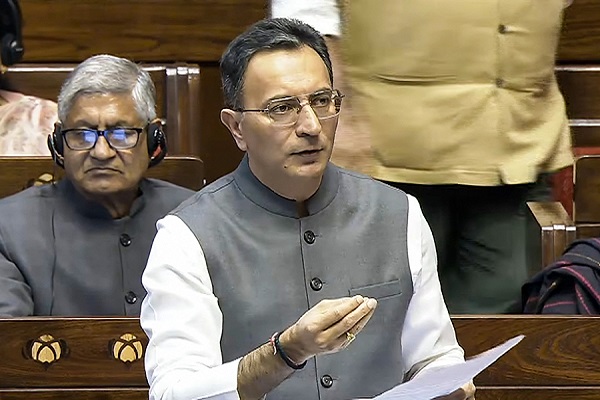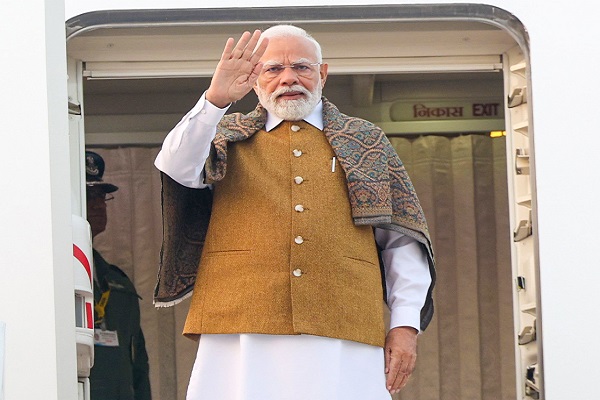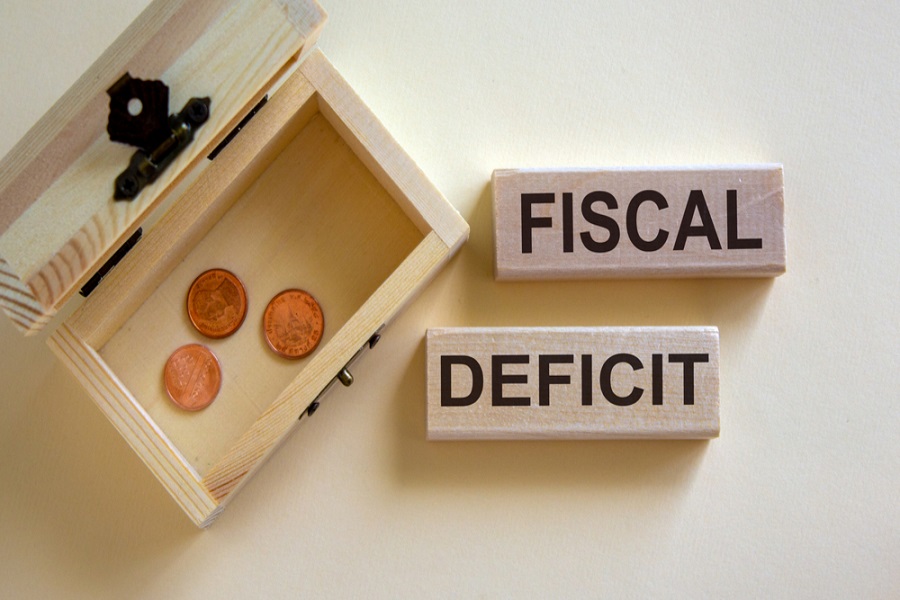Large differences between advanced and developing economies to lead to a divergent recovery - Motilal Oswal

How large was the global economic support in CY20?
Large differences between advanced and developing economies to lead to a divergent recovery
* CY20 was an extraordinary year. As COVID-19 spread across the world in early CY20, policymakers did whatever they could to mitigate its economic impact. In this note, we take stock of the global1,2 fiscal stimulus announced in CY20, and how much of that was financed by central banks.
* Our calculations suggest that global fiscal deficit almost tripled to USD6.5t (or 9.8% of GDP) last year from USD2.2t (or 3.2% of GDP) in CY19. Although fiscal deficit expanded everywhere, the magnitude of response was divergent in advanced economies (AEs) and emerging and developing economies (E&DEs).
* There were three key differences: a) the stimulus in AEs was much bigger than E&DEs, b) excluding China, fiscal deficit in the remaining E&DEs (10 nations) jumped to 4.7% of GDP last year, higher than 2.9% of GDP in CY19, but similar to 4.5% of GDP in CY09, and c) while expansion in fiscal deficit in the former was due to higher spending, the expansion in deficit in E&DEs was attributed to a fall in fiscal receipts.
* As far as the central bank support3 is concerned, the Bank of England (BoE) stood out as it bought almost four-fifth of the new debt issued by the UK government in CY20, followed by three-fourth by the European Central Bank (ECB), and slightly above half by the Bank of Japan (BoJ) and the US Federal Reserve (Fed). Among E&DEs, the central bank of Philippines (CBP) bought almost half of new government debt in CY20, while it was almost negligible in Indonesia and Russia. The Reserve Bank of India (RBI) also bought almost a fifth of new sovereign debt issued last year.
* There were large differences in the economic support provided by authorities (fiscal as well as monetary) in the AEs visà-vis E&DEs, with the former supporting much more than the latter
* Going forward, these differences will certainly reflect in divergent recovery trends in the two sets of nations, with different challenges. The future of the real world economy will be entirely dependent on how quickly these stimuli (or fiscal transfers) get converted into spending (consumption/investments).
To Read Complete Report & Disclaimer Click Here
For More Motilal Oswal Securities Ltd Disclaimer http://www.motilaloswal.com/MOSLdisclaimer/disclaimer.html SEBI Registration number is INH000000412
Above views are of the author and not of the website kindly read disclaimer





















